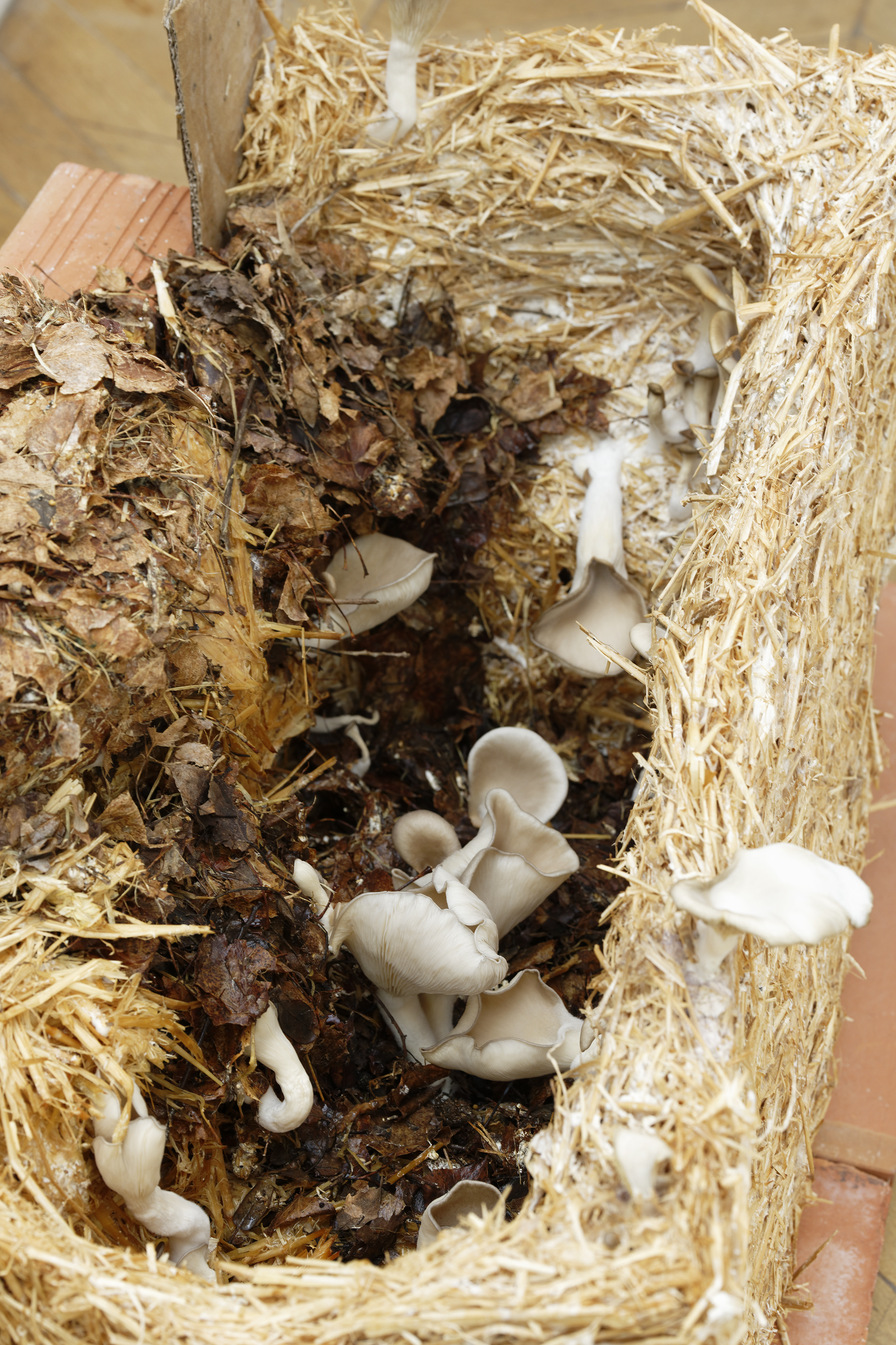Communiqué
En s'inspirant des bactéries comme une forme de partage, l'exposition présente
du Keffir et du Kombucha, du mycelium, de poterie, des bocaux et du
vin. La culture de levures sauvages formule une proposition d?économie générative.
UN SCOBY (ou SCOBAY) (pour la culture symbiotique de bactéries et de levures) est une culture syntrophique mixte de levure et de bactéries utilisées pour la production de divers aliments et boissons traditionnels.
Symbiose ( du Grec « vivre ensemble », du « ensemble » et« vivre ») comprend tout type d?interaction étroite et à long terme biologique entre deux organismes biologiques différents, qu'ils soient mutualistes, commensalistes ou parasitaires.
Syntrophie ou alimentation croisée, (du Grec « syn » signifiant ensemble, « trophée »
signifiant nourriture) est le phénomène d'une espèce vivant grâce aux productions d'une autre espèce. Dans cette association, la croissance de l'un des partenaires est amélioré, ou dépend des nutriments, des facteurs de croissance ou des substrats fournis par un autre partenaire.
Les œuvres présentées sont réalisées à partir de matériaux provenant de la terre, des
mers et de matières vivantes.
The philosopher Jürgen Habermas theorises the notion of public sphere[1], that is to say the idea of a collective elaboration of thought, through observing how the 18th Century's bourgeoisie becomes a public capable of discussing State actions. In the press, but also in salons, in cafés, in reading circles, a democratic debate is built, autonomous and critical towards power, about questions of general interest and common preoccupations. However the public sphere in Habermas' sense, even if it exceeds the bourgeoise class in a strict sense excludes the proletariat, minorities and women. Oskar Negt offers a theoretical answer with the idea of an oppositional public sphere that includes the proletariat in the wider sense[2]. Above all the philosopher does not think of the opposition as unified or total but underlines the existence of multiple seats of insurgency[3].
Artistic activity, whether it is about creative experience or reception seems to produce diverging areas of thought. Not that it is about considering art as a channel to broadcast militant messages that pre-exist it but rather thinking of it as a gesture that mobilises a collective attentiveness to the world, creating an area of social experience, triggering forms that stray from pre-established norms. This movement is far from unified and distinguishes itself more by its predisposition to pop up in dispersed places, in sometimes evanescent but vivid shapes.
Behind their functional, household even inoffensive appearance, it seems to us that NatsukoUchino's ceramics catalyse the production of a public space in the political sense of the term. Indeed, if pots, plates and dishes are normally associated with private space and the trivial activity of meals the artist removes them from their conventional frame and engages them in ecological, economical, social and cultural questionings. Considering that the processes of matter's transformation are alike in the areas of agriculture, pottery and art[4], the artist began to produce ceramic recipients at the time she was leading an alternative farming project in the USA (Art et agriculture, 2007-2011)[5]. Born from earth, manually produced, the crops and their containers formulate a resistance to industrialisation and standardisation. The baked-earth objects are also props for collective dinners the artist organises (Keramikos, 2012-13) during which they trigger elementary gestures that constitute sources of
interactions between individuals as well as pretext for conversation[6]. More recently at the Saint-Flour biennial in 2018 the artist produced a number of interventions in the streets of Chaliers [7].
Rather than sculptures they are arrangements that divert experience from place: a ceramic plaque in public toilets, two inviting sequoia armchairs from which the landscape becomes one through the gaze that falls upon it, a water fountain and a set of metal tumblers to drink from it with, a solar charging system for mobile phones. These objects establish a dialogue with what is already there as much as they encourage the passers-by or the inhabitants to live in the space, to inhabit it, to experience it for just a halting moment or a little longer.
Furthermore the artists projects imply cooperation with others: extra arms to manipulate a large work, artisan gestures that require specific skill, artistic interventions by performers, musicians or poets and thus rally different subjectivities. A micro-society of elastic borders and varied constitutions is set moving in her projects that become catalysts of a collective experience. These collaborations do not escape questions of production and consumption but on the contrary question production relations, that is to say the social relations that are woven in the activity of work, and
offer alternative configurations.
Natsuko Uchino's decompartmentalised practice at the heart of which ceramics articulate ecology, landscape and social relations also allows to reflect on the recurring oppositions of knowledge and skill, gesture and intellect, craftsmanship and art, sensitive and cognitive, material and conceptual.
But rather than producing a discourse that would claim to make them disappear, jeopardise them or dissolve them the artist tries to examine them, to find connections between them and to produce new relations. Thus, in her exhibition J'ai rêvé le goût de la brique pilée (?I dreamed of the taste of crushed brick?)[8] in 2016 she invites craftsmen and artists to exhibit together and creates a hybrid installation that explores the production of contemporary ceramics. In these different ways Natskuo Uchino lights hotbeds of insurgency, that is to say to produce the conditions of singular experiences, varied speaking and dialogic thought. And even if in the midst of a hearth the blaze is generally contained, temporary even if it calls for ongoing care, the fact
remains that it produces the heat needed by the body, by the food to be cooked and by the ceramics whose soft clay is irreversibly transformed into a resistant material.
[1] The Structural Transformation of the Public Sphere: An Inquiry Into a Category of Bourgeois Society, Jürgen Habermas translated by , Polity Press, 1992, 328 pages
[2] Public Sphere and Experience: Analysis of the Bourgeois and Proletarian Public Sphere, Alexander Kluge & Oskar Negt, Verso, 2016, 352 pages.
[3] The expression itself is not by Oskar Negt but his editor who uses it on the back cover of the French edition. Nevertheless it is quite representative of Negt's thought, the historic model of the oppositional public space being the revolution of the German councils in November 1918, a seat which was upgraded in 1968 to planetary scale, the seat of insurgency is also Ernesto Che Guevara's foco.
[4] Interview with Natsuko Uchnino by Julie Higonnet in L'Officiel Art
https://www.pressreader.com/france/lofficiel-art/20150901/281595239392556 (last checked 10th September 2018)
[5] This transversal organisation between art, ecology and agriculture co-founded with Anne Kennedy and Peter Nadin, situated in the Catskills North of New York associates a contributive poly-culture farm and interdisciplinary cultural productions.
[6] Keramikos ii, The Travelling Dinner Party, conceived, produced and staged with Matthew Lutz-Kinoy. Banquet ensemble for itinerary dinners made from more than 400 ceramic pieces and silk-screened tablecloths produced at the Rijksacademie and presented at the Chambre des Canaux exhibition: The Tolerant Home in Amsterdam and at Elaine-Museum für Gegenwartskunst, Bâle, Villa Romana, Florence, with Dingum, Projektraum 45cbm - Staatlichen Kunsthalle Baden-Baden, Kunsthal Charlottenborg, Copenhague.
[7] The contemporary art biennial Chemin d'Art invited artists to work on the territory of Saint-Flour's community from 7th July to 23rd September 2018. Curated by Christian Garcelon.
[8] At the Centre céramique contemporaine La Borne from 15th October to 22nd November 2016 and at La Box_École nationale supérieure d?art de Bourges from 26th October to 26th November 2016. Co- curated with Sophie Auger-Grappin, scenography supported by SAS Mallet in Borne and Kilims Ada in Bourges.
Scobies
du 23.01.2020 au 14.03.2020 , Galerie Allen
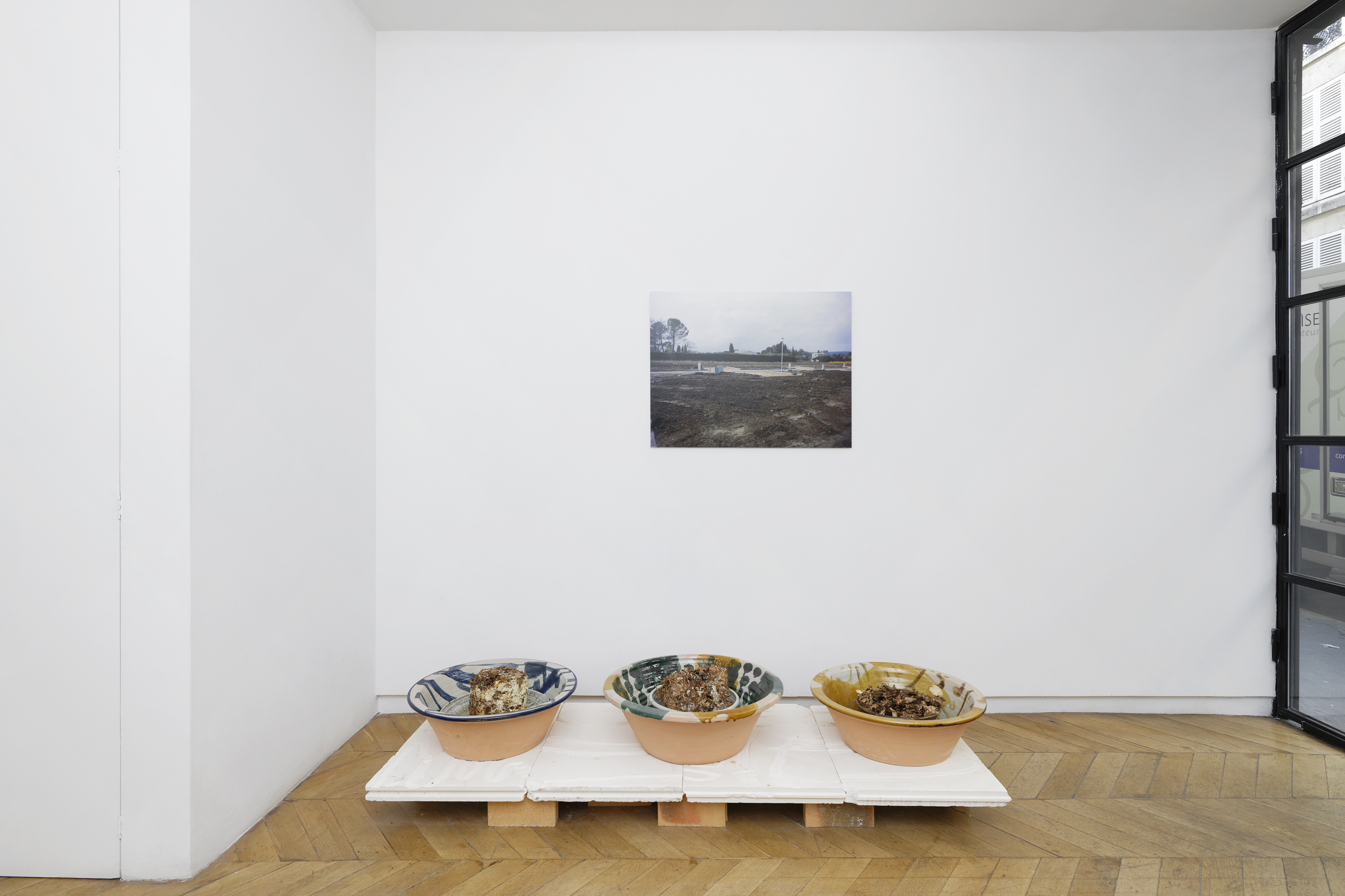
Scobies
du 23.01.2020 au 14.03.2020 , Galerie Allen
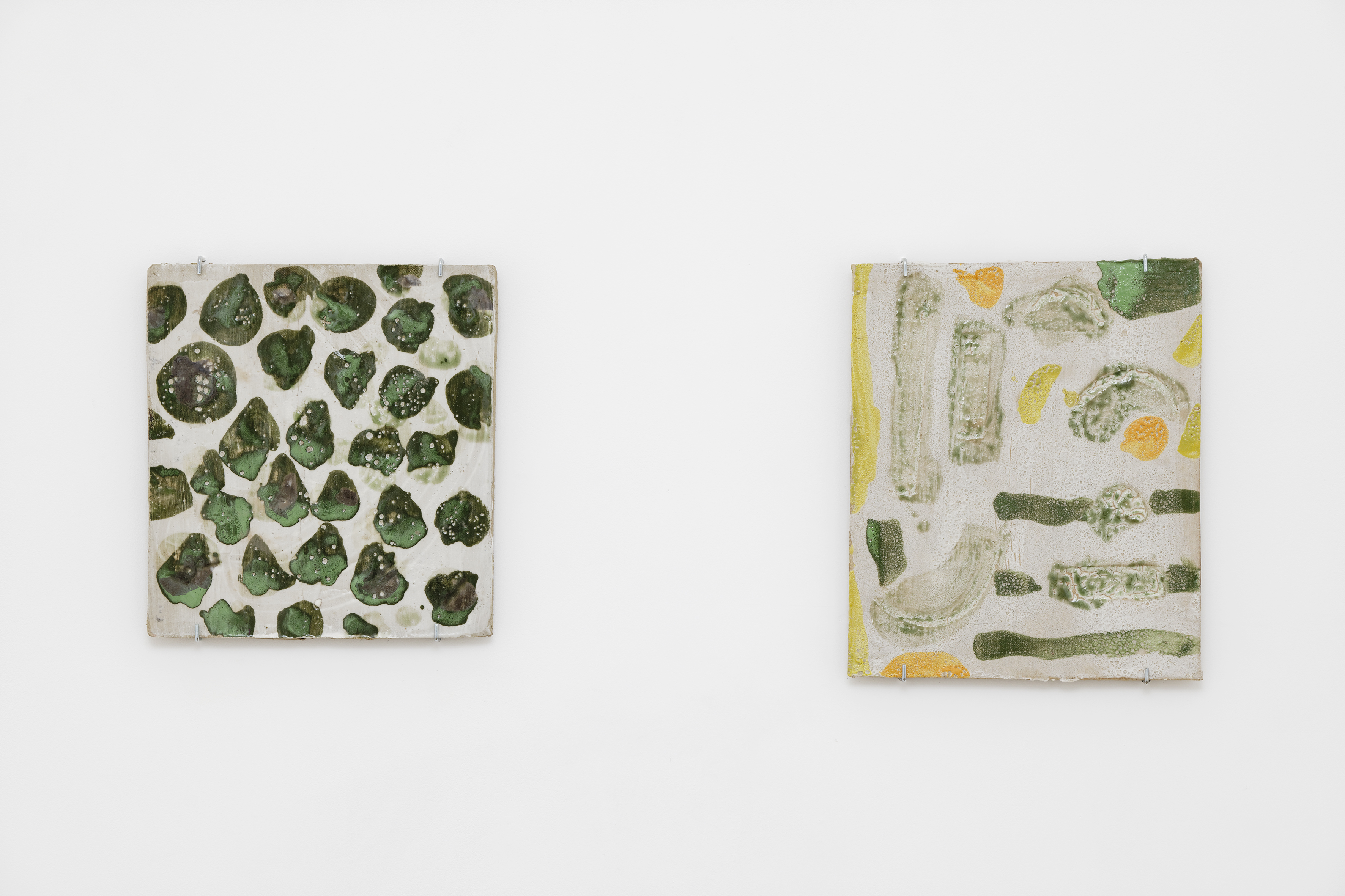
Scobies
du 23.01.2020 au 14.03.2020 , Galerie Allen
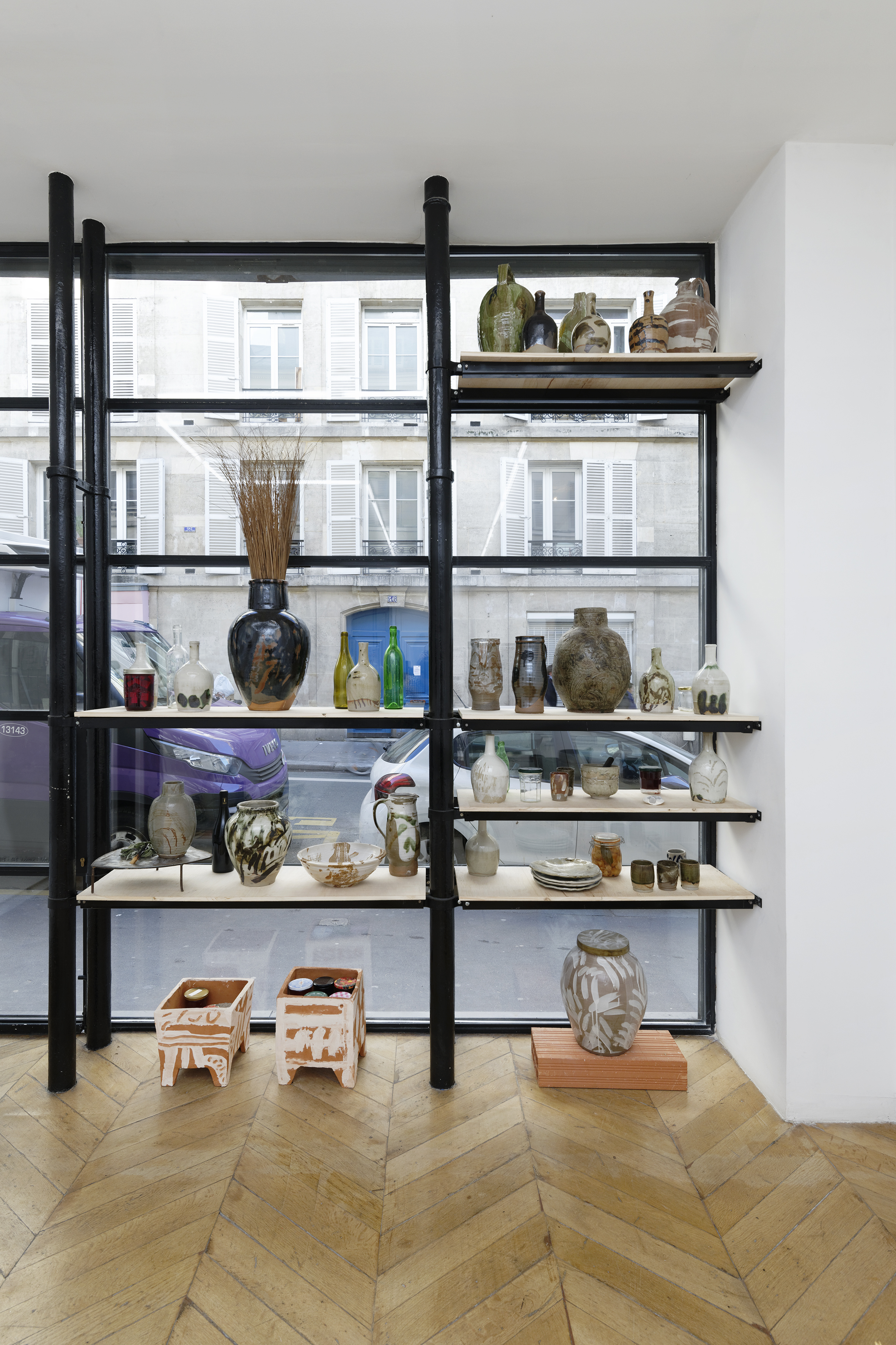
Scobies
du 23.01.2020 au 14.03.2020 , Galerie Allen
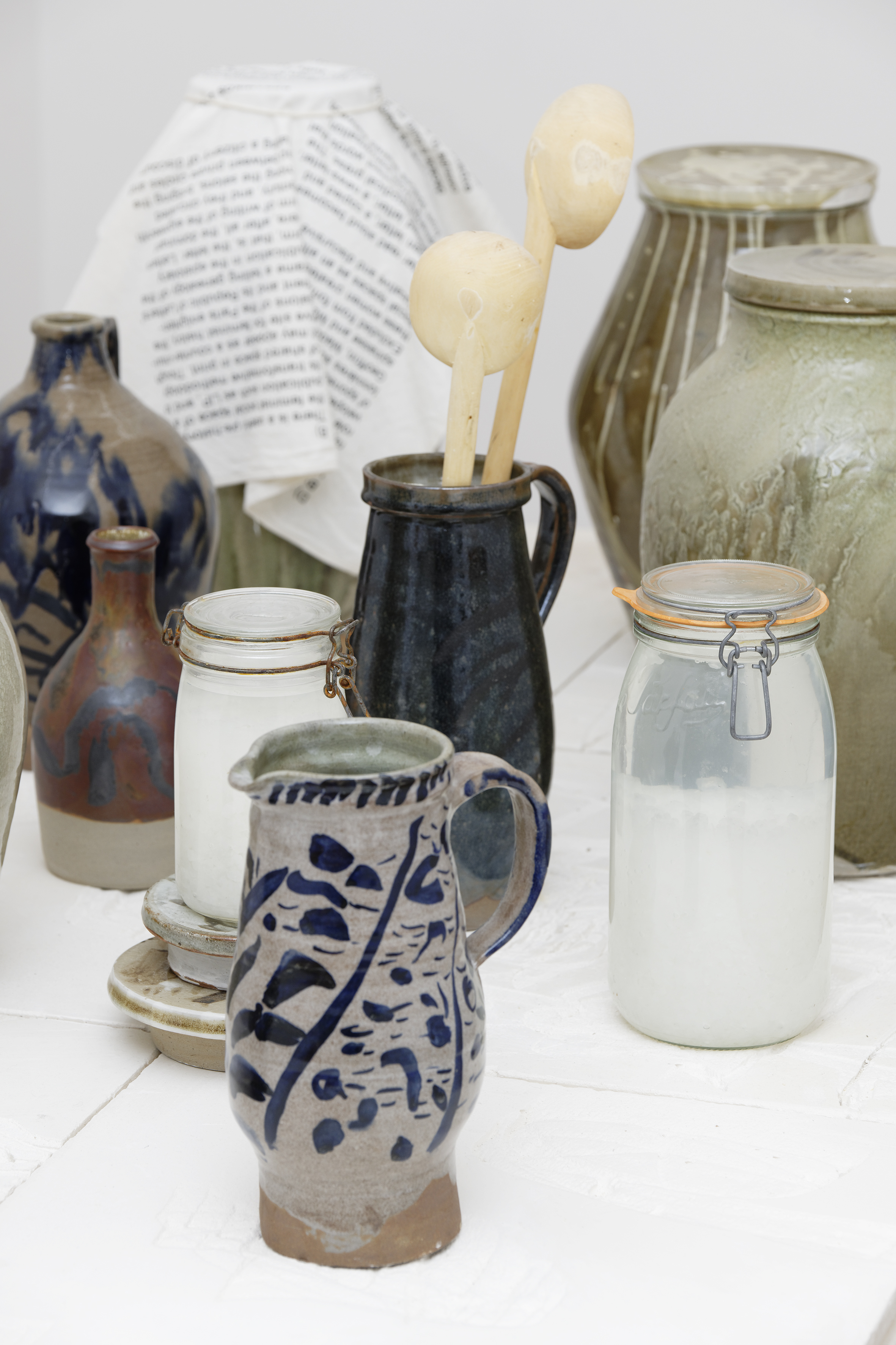
Scobies
du 23.01.2020 au 14.03.2020 , Galerie Allen
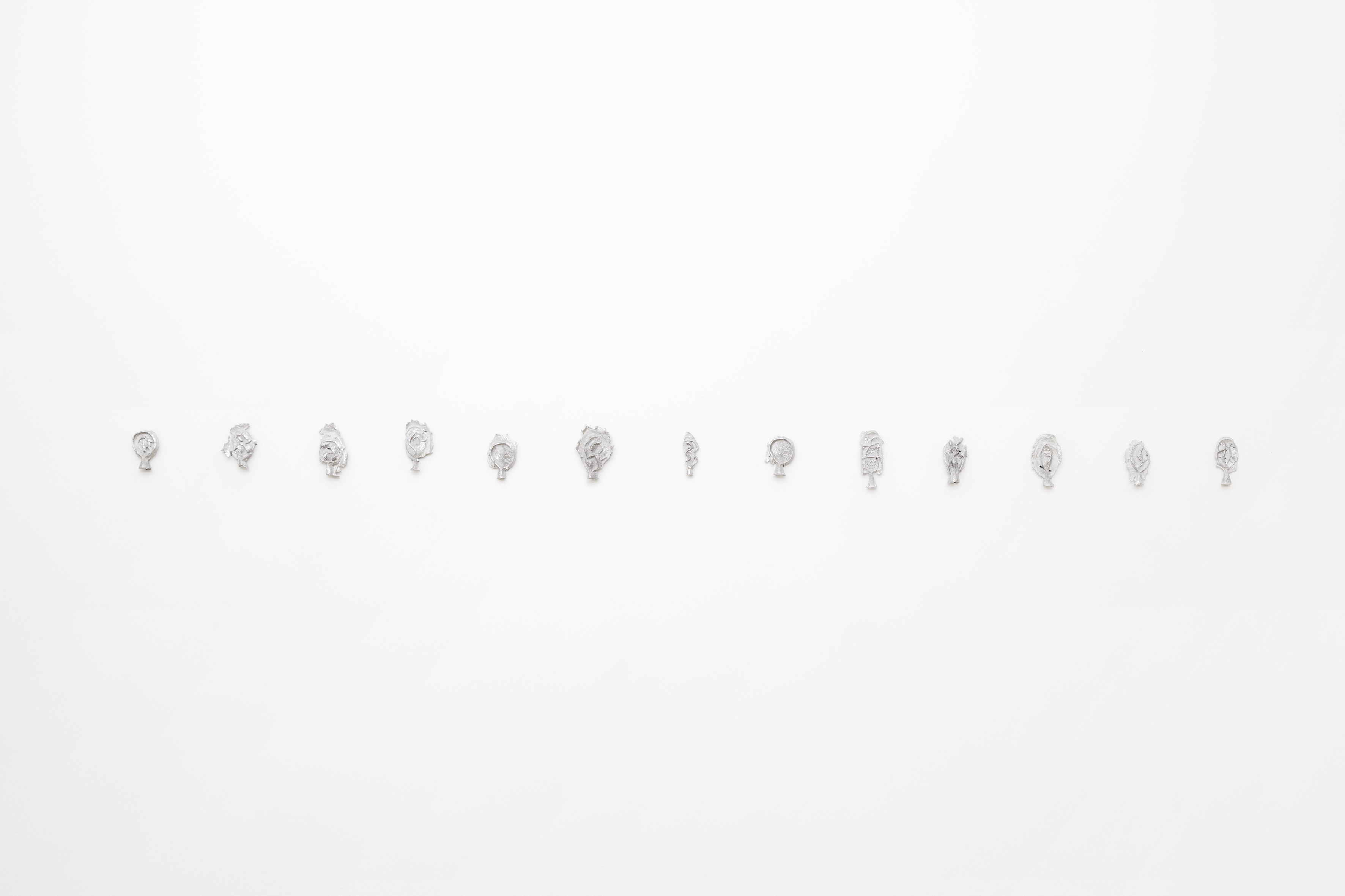
Scobies
du 23.01.2020 au 14.03.2020 , Galerie Allen
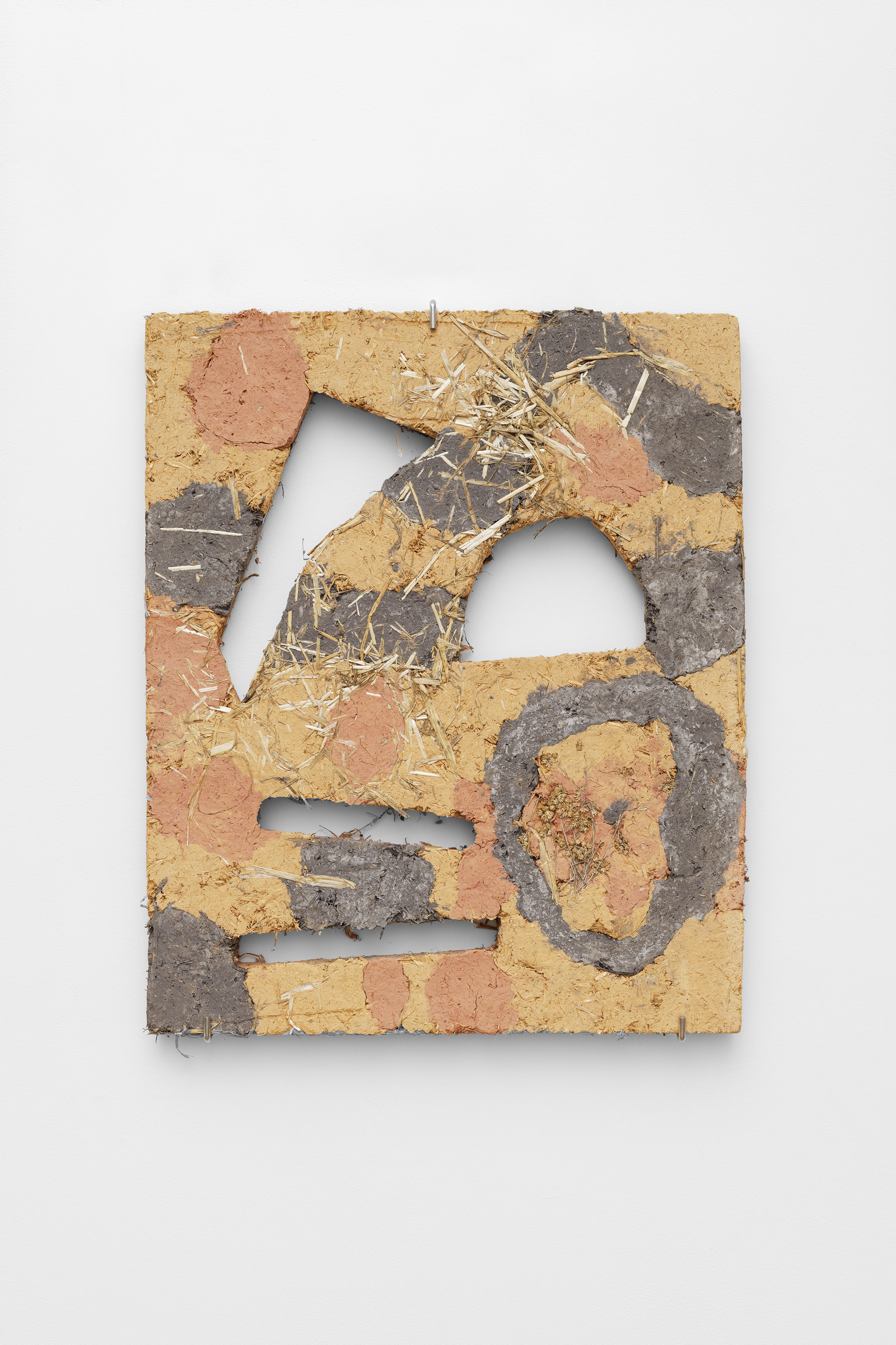
Scobies
du 23.01.2020 au 14.03.2020 , Galerie Allen
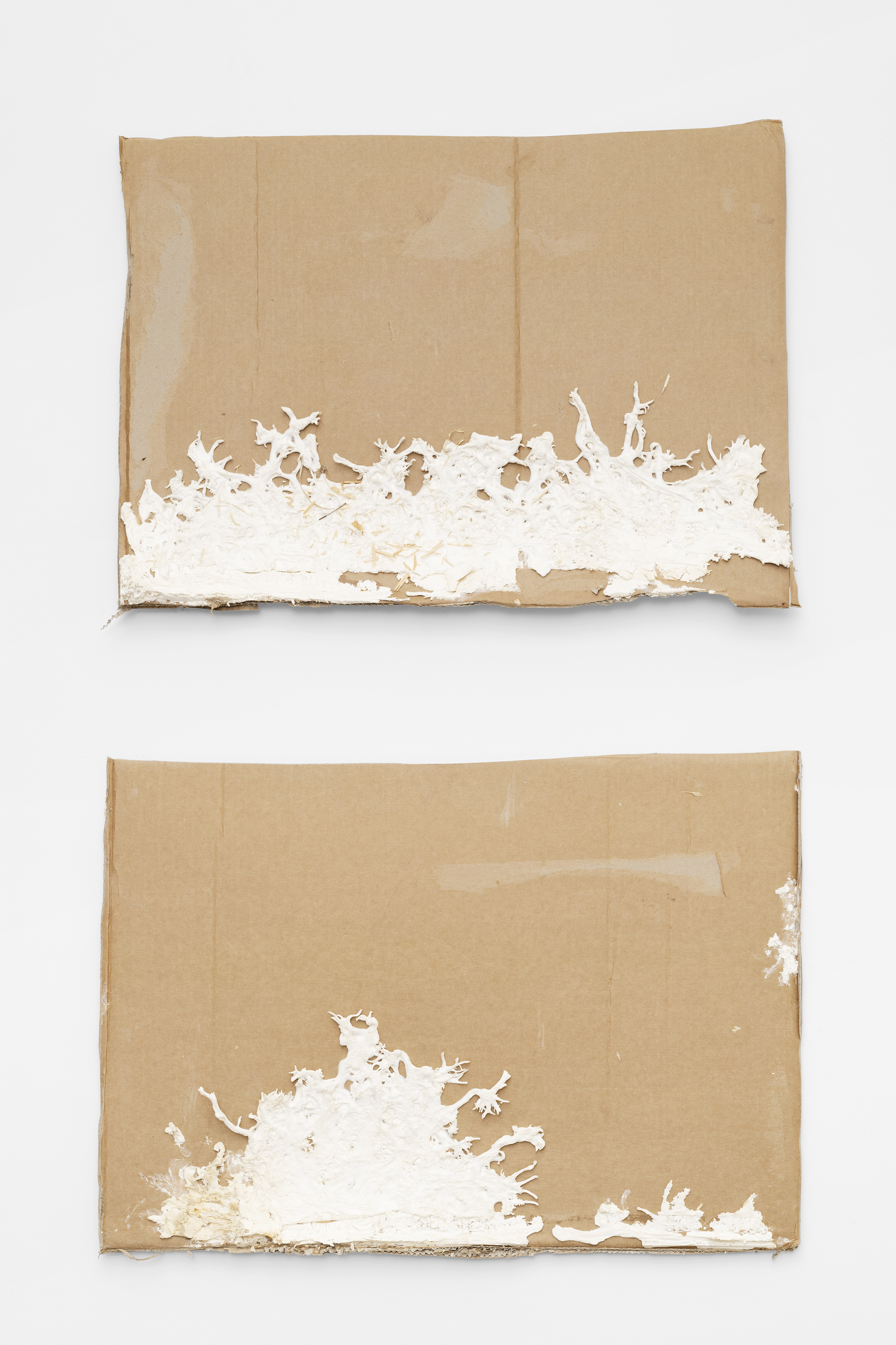
Scobies
du 23.01.2020 au 14.03.2020 , Galerie Allen
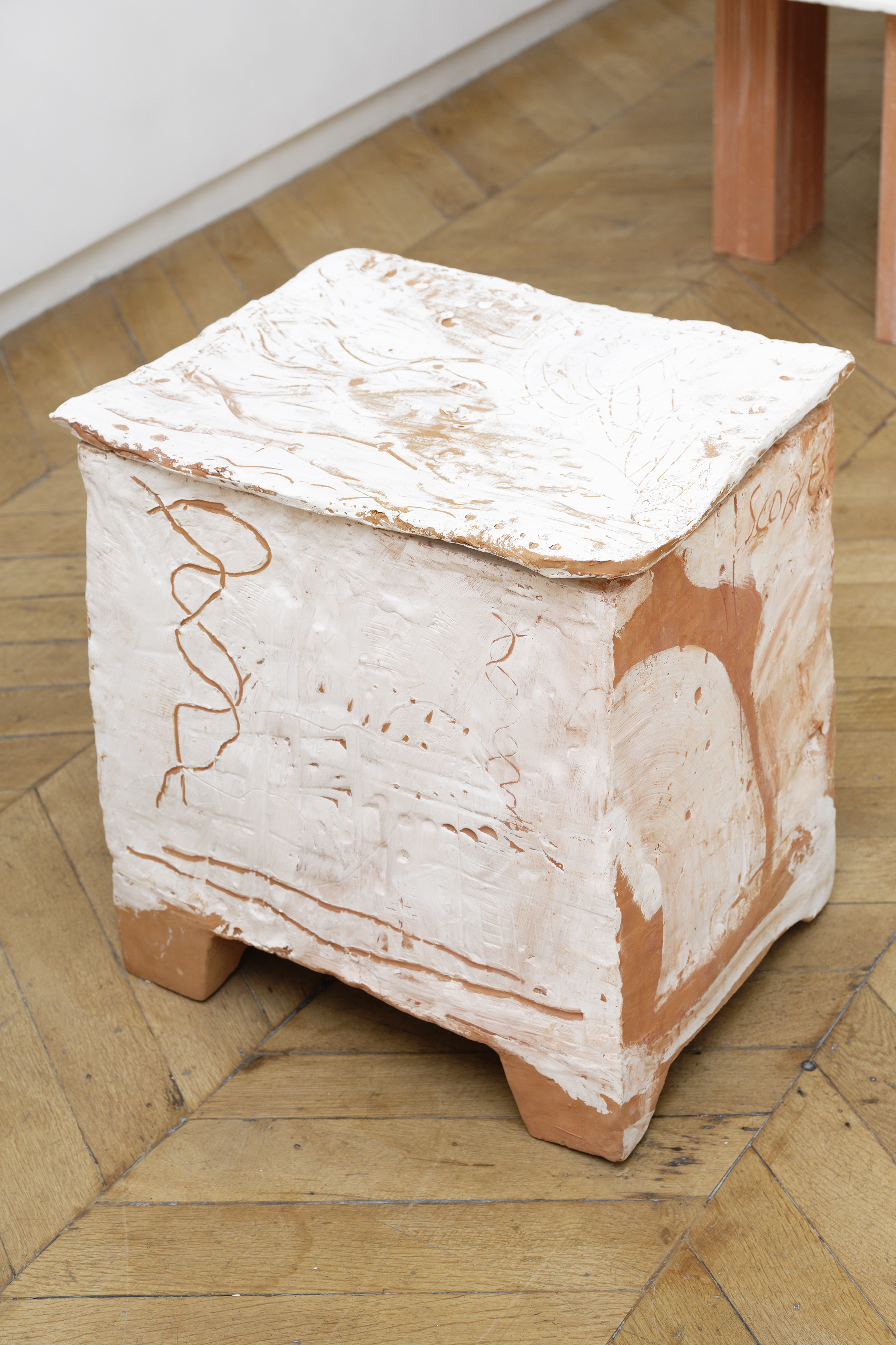
Scobies
du 23.01.2020 au 14.03.2020 , Galerie Allen
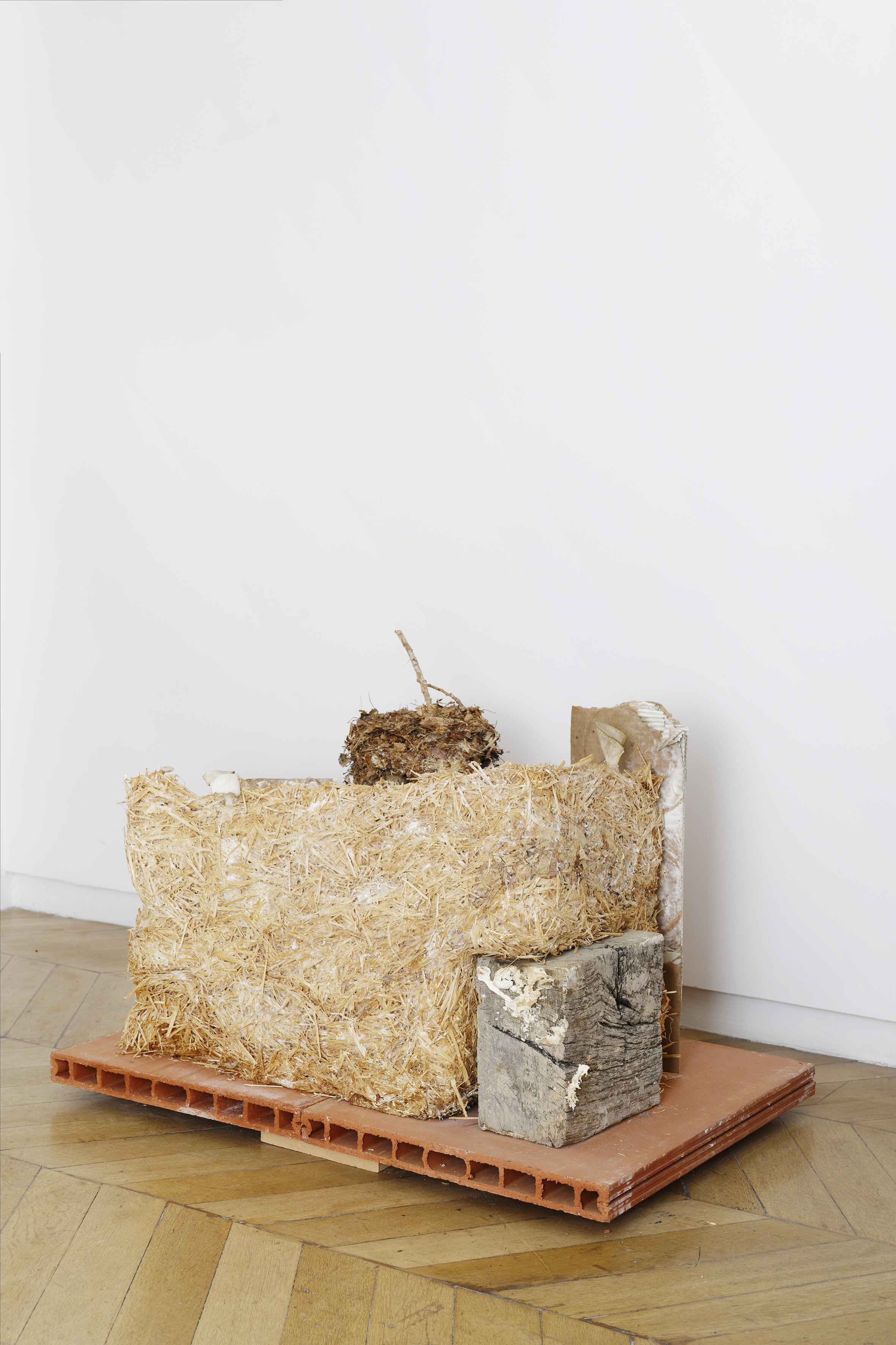
Scobies
du 23.01.2020 au 14.03.2020 , Galerie Allen
